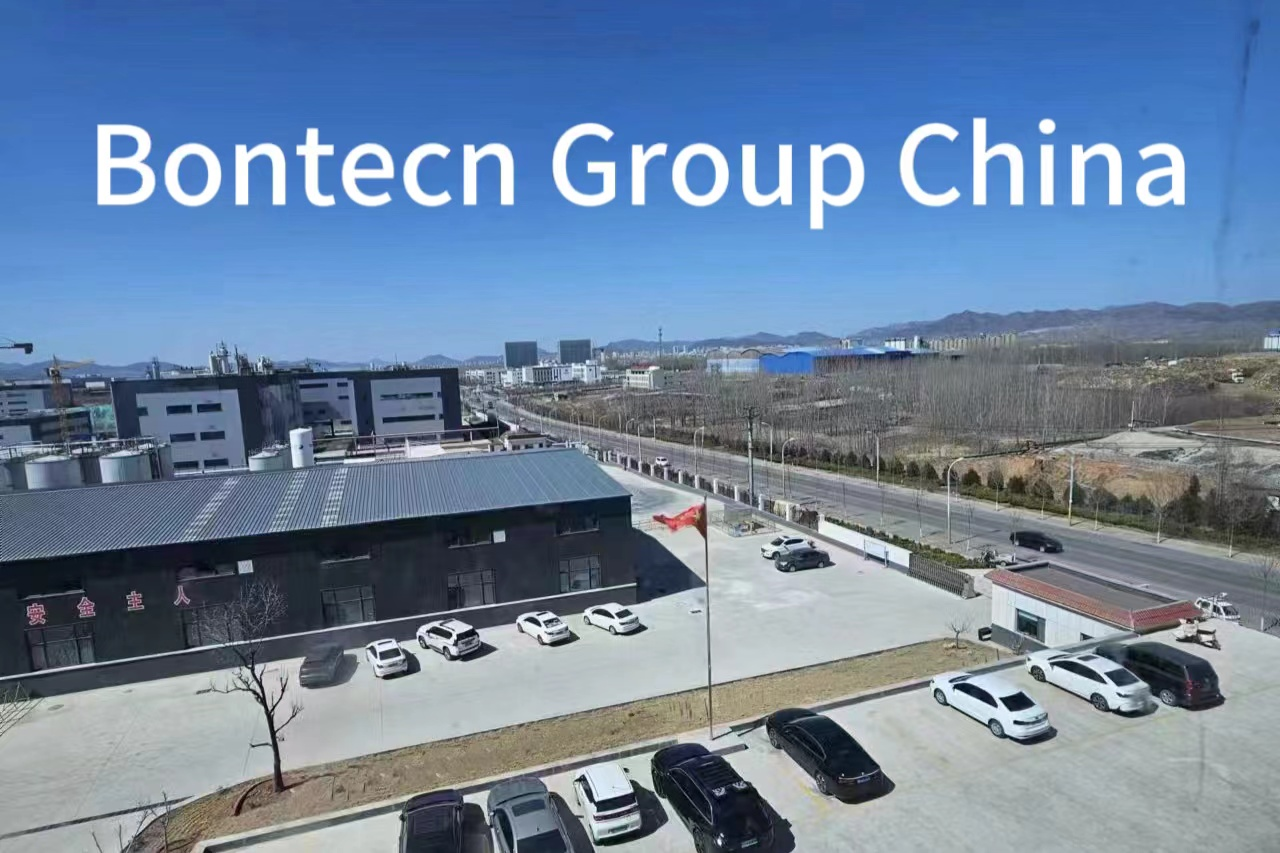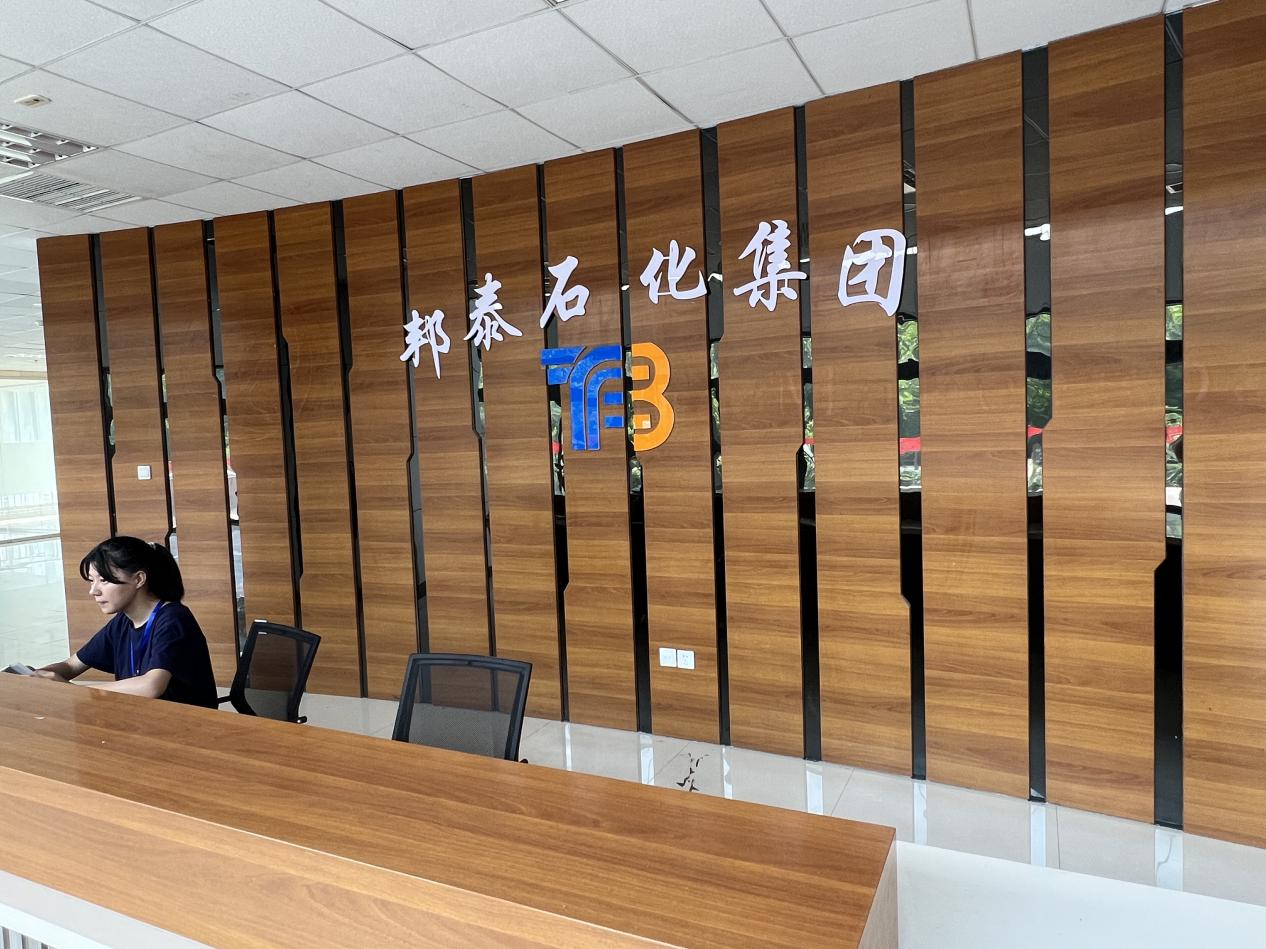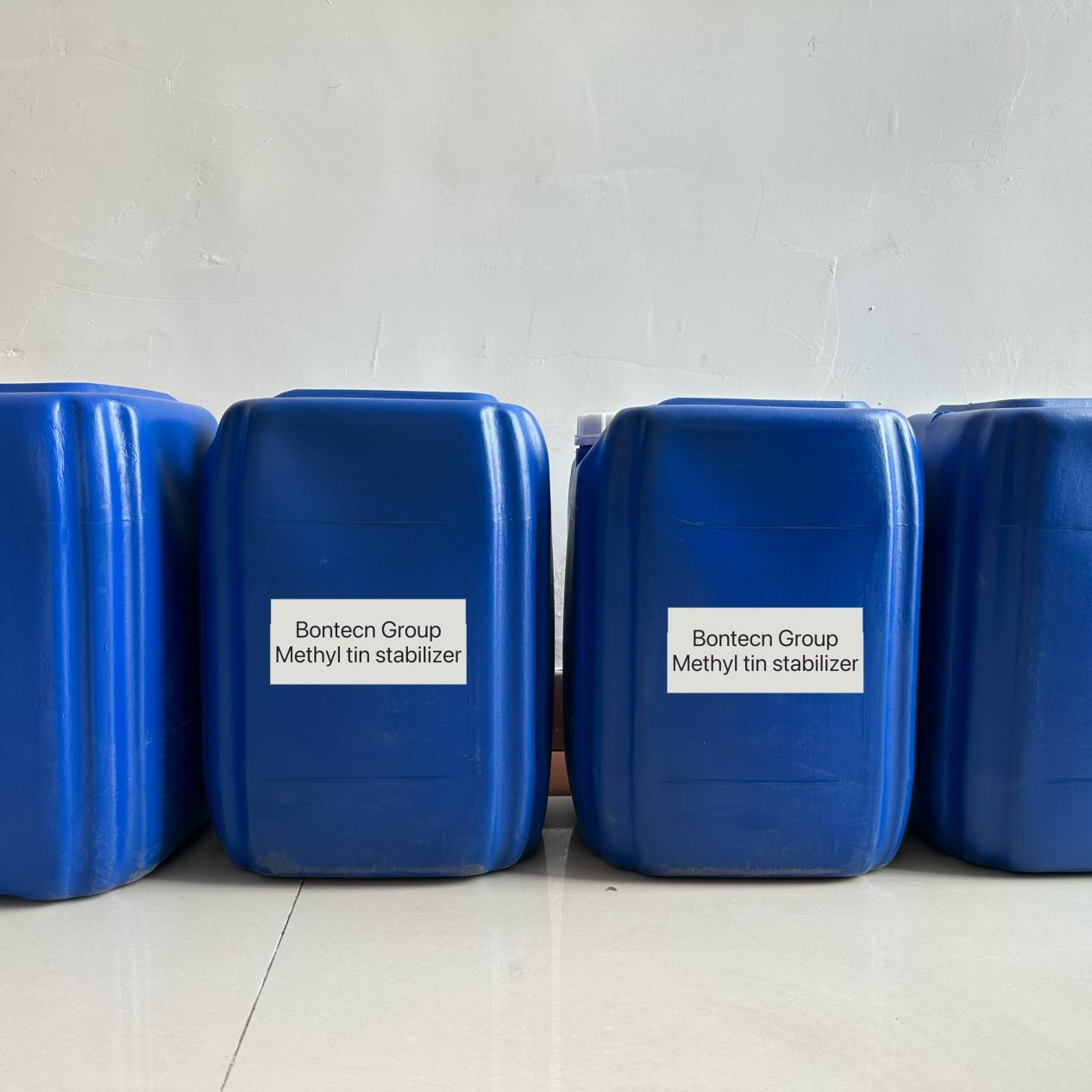-

Key points for controlling PVC foaming process
Plastic foaming can be divided into three processes: formation of bubble nuclei, expansion of bubble nuclei, and solidification of foam bodies. For PVC foam sheets, the expansion of the bubble core has a decisive impact on the quality of the foam sheet. PVC belongs to straight chain molecules, w...Read more -

Summary of application knowledge of PVC impact modifiers
(1) CPE Chlorinated polyethylene (CPE) is a powdered product of suspended chlorination of HDPE in the aqueous phase. With the increase of chlorination degree, the originally crystalline HDPE gradually becomes an amorphous elastomer. CPE used as a toughening agent generally has a chlorine content...Read more -

PVC foaming agent products are white, but they sometimes turn yellow when stored for a long time. What is the reason?
Firstly, you need to determine if there is a problem with the selected foaming agent. PVC foaming regulator uses the foaming agent to decompose and produce gas that causes pores. When the processing temperature can reach the decomposition temperature of the foaming agent, it will naturally not fo...Read more -

Some issues regarding chlorinated polyethylene:
Chlorinated polyethylene (CPE) is a saturated polymer material with a white powder appearance, non-toxic and odorless. It has excellent weather resistance, ozone resistance, chemical resistance, and aging resistance, as well as good oil resistance, flame retardancy, and coloring properties. Good ...Read more -

How much do you know about PVC foaming regulators
1、 Foam mechanism: The purpose of adding ultra-high molecular weight polymers to PVC foam products is to promote the plasticization of PVC; The second is to improve the melt strength of PVC foam materials, prevent the merging of bubbles, and obtain uniformly foamed products; The third is to ens...Read more -

What are the reasons for the color change of PVC foaming regulators
PVC foaming agent products are white, but they sometimes turn yellow when stored for a long time. What is the reason? Firstly, you need to determine if there is a problem with the selected foaming agent. PVC foaming regulator uses the foaming agent to decompose and produce gas that causes pores....Read more -

How to improve the quality of PVC foaming material regulators
There are many ways to improve the quality of PVC foaming regulators. The main factor is to increase the melt strength of PVC. Therefore, a reasonable method is to add additives to improve melt strength and reduce processing temperature. PVC foaming regulators can help PVC foaming products provi...Read more -

How much do you know about ACR processing aids?
PVC is extremely sensitive to heat. When the temperature reaches 90 ℃, a slight thermal decomposition reaction begins. When the temperature rises to 120 ℃, the decomposition reaction intensifies. After heating at 150 ℃ for 10 minutes, the PVC resin gradually changes from its original white color ...Read more -

Introduction to the performance of calcium zinc stabilizers
Introduction to the performance of calcium zinc stabilizers: Zinc stabilizer is synthesized using a special composite process with calcium salts, zinc salts, lubricants, antioxidants, and other main components. It can not only replace toxic stabilizers such as lead pot salts and organic tin, but ...Read more -

The Mechanism of PVC Heat Stabilizer
1) Absorb and neutralize HCL, inhibit its auto catalytic effect. This type of stabilizer includes lead salts, organic acid metal soaps, organotin compounds, epoxy compounds, inorganic salts, and metal thiol salts. They can react with HCL and inhibit the reaction of PVC to remove HCL. 2) Replacing...Read more -

The synergistic effect of organic tin and powder calcium zinc stabilizers in polyvinyl chloride (PVC)
The synergistic effect of organic tin and powder calcium zinc stabilizers in polyvinyl chloride (PVC): Organic tin stabilizers (thiol methyl tin) are a commonly used type of PVC heat stabilizer. They react with acidic hydrogen chloride (HCl) in PVC to form harmless inorganic salts (such as tin ch...Read more -

Application of calcium zinc stabilizer in PVC hard products
Due to the environmental and health requirements of the wire and cable industry, calcium and zinc stabilizers can replace lead salt series, other calcium and zinc, and organic tin stabilizers. They have excellent initial whiteness and thermal stability, resistance to sulfur pollution, good lubric...Read more




